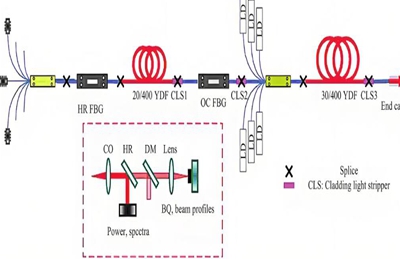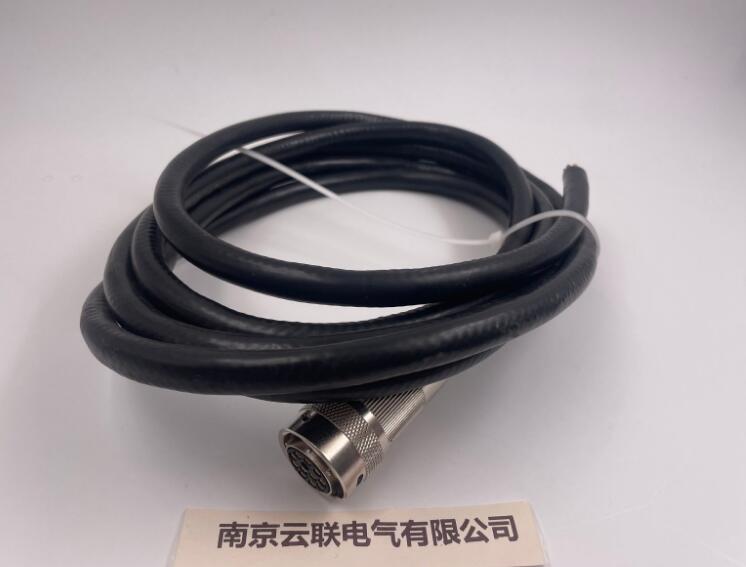
Reasons for total burnout of
flame detection optical fiber: environmental and equipment factors
Fire detection fiber plays an important role in equipment such as power plant boilers, as it is used to monitor the status of flames and provide critical information for the safe and stable operation of boilers. However, in actual operation, the problem of total burnout of
flame detection optical fibers often occurs, which brings many troubles to production.
Firstly, environmental factors are one of the important reasons for the burning of flame detection optical fibers. When the boiler is running, its internal temperature is extremely high. If the installation position of the flame detection fiber is close to the high-temperature area, such as near the burner or furnace wall, it is easily affected by high temperature directly. For example, if the installation location of the small oil gun (burner) has a high ambient temperature, or if the insulation effect of the boiler wall is poor and heat is emitted outward, it will cause the temperature around the flame detection fiber to exceed its tolerance range. Even with protective sleeves, the performance of optical fibers will gradually decline over time in high-temperature environments, ultimately leading to burnout.
Secondly, equipment related issues cannot be ignored. The normal operation of
flame detection fiber optic relies on the effective operation of the cooling air system. If the cooling air of the flame detector is not unobstructed and cannot timely remove the heat generated by the optical fiber, the temperature of the optical fiber will continue to rise. Possible reasons include blocked cooling ducts, fan malfunctions, or improper air volume adjustment. In addition, some small oil guns adopt a single-layer protective sleeve structure, which has poor high temperature resistance and is difficult to provide sufficient insulation protection, which also increases the risk of the flame detection optical fiber burning out. In addition, if there are quality problems with the flame detection fiber itself, such as the fiber material not being heat-resistant, the protective layer not being strong enough, etc., it is more likely to burn out under long-term high-temperature environment and flame radiation.



